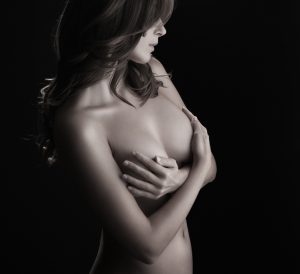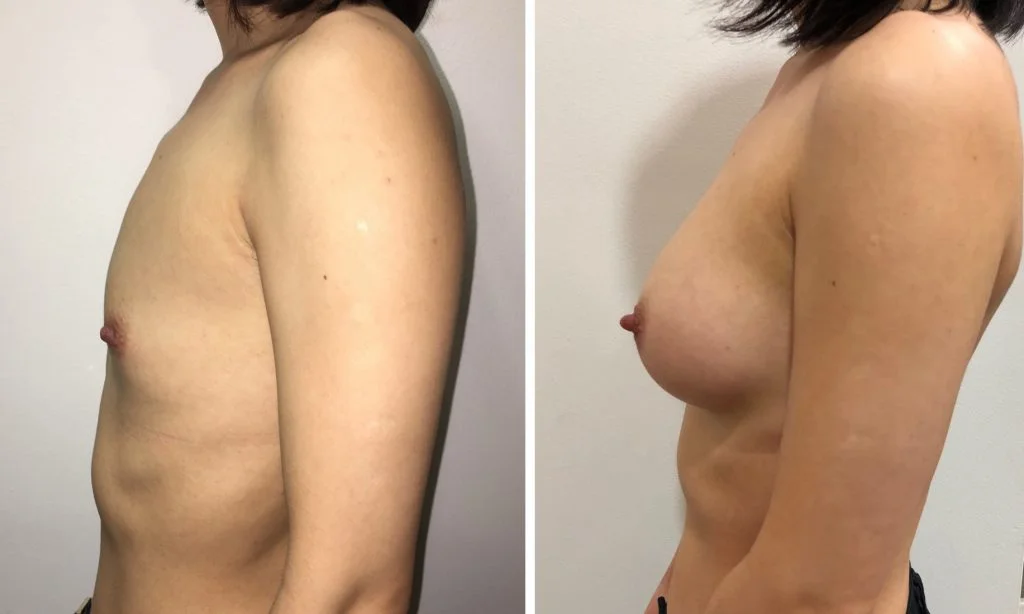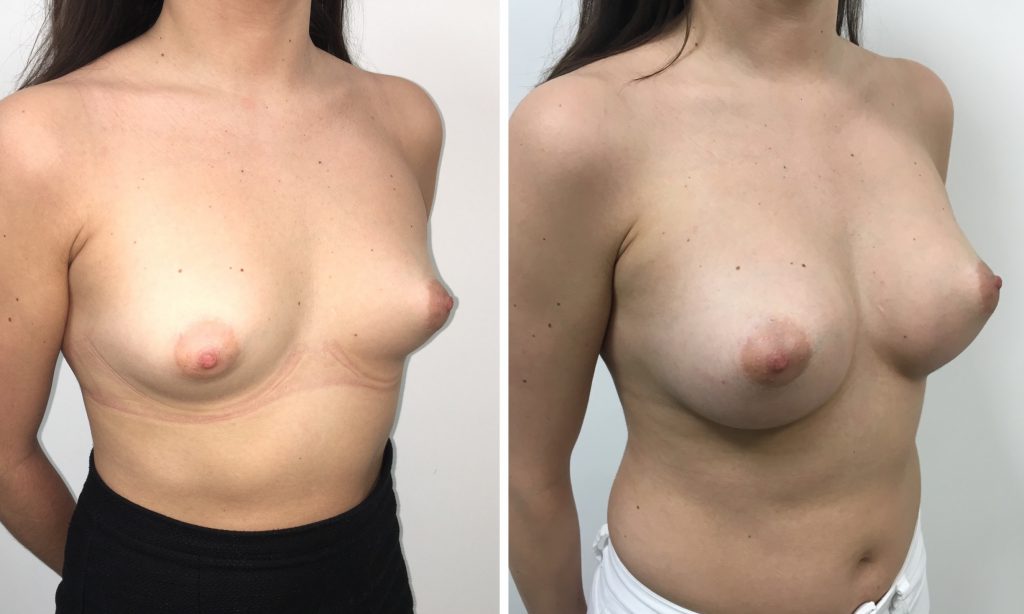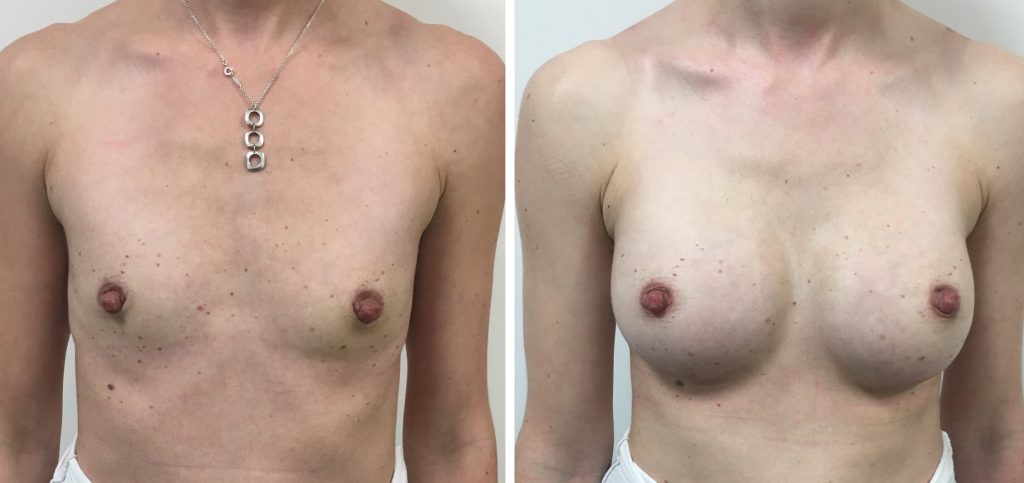 The goal for the majority of women interested in breast augmentation is to have a natural and proportional look – big enough to feel more confident and comfotable but not too large to be obvious, excessively round or fake looking. It may just be about restoring lost volume and improving shape after life events (pregnancy, weight loss) or enlarging breasts that are naturally small volume to boost self-confidence confidence. There are many considerations in achieving a natural look that will be covered during your consultation. Here are a few:
The goal for the majority of women interested in breast augmentation is to have a natural and proportional look – big enough to feel more confident and comfotable but not too large to be obvious, excessively round or fake looking. It may just be about restoring lost volume and improving shape after life events (pregnancy, weight loss) or enlarging breasts that are naturally small volume to boost self-confidence confidence. There are many considerations in achieving a natural look that will be covered during your consultation. Here are a few:
Implant size
A well chosen implant is one that fits comfortably within your natural breast footplate – i.e. is 1cm or so smaller than the breast base width. The implant embellishes the natural anatomy rather than distorts it. Moderate projecting implants (how far they stick out) are more likely to achieve a natural result than higher projecting ones. These two parameters (width and projection) give an indication of an appropriate size (implant volume).

250CC MODERATE PROFILE ROUND IMPLANTS PLACED IN A DUAL PLANE
Implant shape
Implants can either be round or anatomical (tear drop). In truth, few patients or even surgeons can tell the difference between breasts . The exception is that anatomical implants may be more favourable in thin patients where a sub glandular pocket has been selected (i.e. above the muscle). However, a moderately projecting round implant can deliver a very natural look and additionally avoids the risk of implant rotation, which can be an issue with anatomical implants.

270CC ANATOMICAL IMPLANTS PLACED IN A SUBFASCIAL PLANE
Implant pocket
The implant pocket is the space created for the implant. Broadly speaking, it can either be above the chest wall muscle (sub glandular or subfascial) or partly covered by the chest wall muscle (dual plane). There are many advantages and disadvantages of both pocket choices. In patients with minimal natural breast tissue, a dual plane pocket is favourable as the muscle will partly cover and therefore conceal the implant. However, placing the implant on top of the muscle may allow it to move more naturally with the breast and is an option in patients with a reasonable volume of natural breast tissue.

250CC ROUND IMPLANTS PLACED IN A DUAL PLANE.